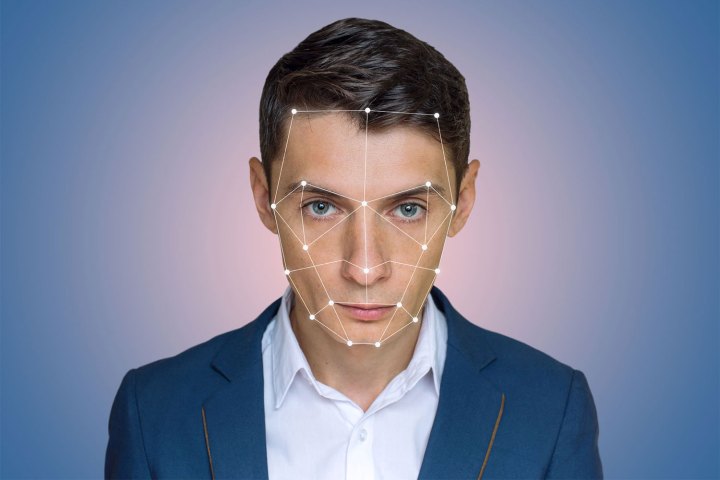
Using functional magnetic resonance imaging (fMRI) technology, six areas of the brain were shown to be involved with the identification process. The team referred to the neurons in these areas as “face cells.”
In an experiment that involved inserting electrodes into the brains of monkeys to record their physical response to looking at images, the researchers found that 205 neurons encode different characteristics of a face. When these are combined using some smart machine learning technology, it’s possible to reconstruct the face the monkey had been looking at in a way that was strikingly close to the original image.
“The face cells we are studying are at the highest level of the visual system,” Steven Le Chang, a researcher on the project, told Digital Trends. “Normally people think the code for neurons at this level should be rather complicated. However, our result shows that once we find the appropriate coordinates for faces, the code of faces could be understandable. Using this code, we are able to reconstruct the face the monkey saw and predict responses of face cells to an arbitrary face.”
But as interesting as the work is from a biological perspective, is there any possible real world application for it? Quite possibly yes, Le Chang explained.
“Potentially, if we could decode faces from neural activity in the human brain [as well as the monkey one], there will be a lot of real world applications,” he said. “In general, that will helps human subjects convey concepts which are otherwise difficult. For example, a witness of a crime scene may have a hard time describing the face of the criminal. If we could directly decode the face based on the witness’ memory, we can extract the criminal’s face in a much more objective and quick way. Of course, whether memory activates the same population of cells as seeing the face is still an open question.”
Next up, the researchers wish to extend their study from neutral faces to expressive faces, as well as other types of object. As noted, they also want to investigate how imagination or memory of faces affects the representation in face patches.



